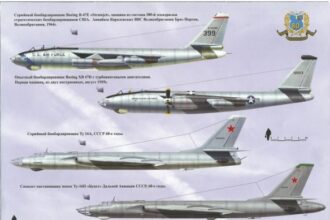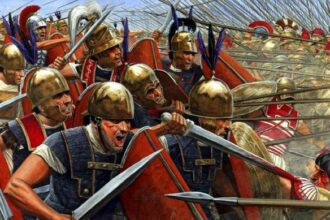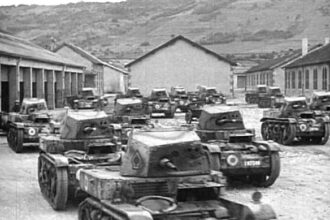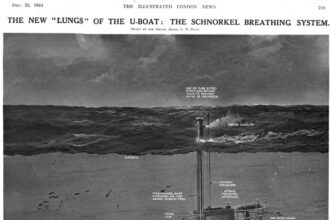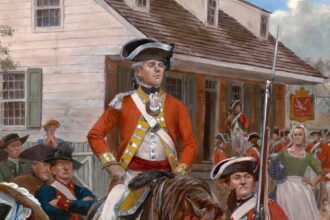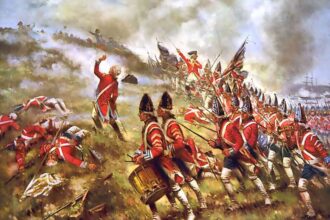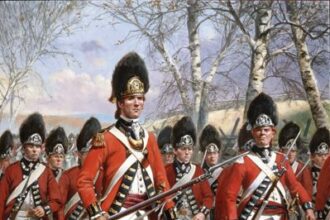Newsletter
Get the latest from Weapons and Warfare right to your inbox.
Follow Us
Explore
Doctrine
State Armed Forces – Later Seventeenth and Eighteenth Centuries
In early 1645 Field Marshal Lennard Torstensson led a Swedish army of 9,000 cavalry, 6,000 infantry, and 60 cannon against a Habsburg-Imperial army of 10,000 cavalry, 5,000 infantry, and 26 cannon commanded by Melchior von Hatzfeld. Both armies were com posed of regiments commanded by international colonel-proprietors, who had used their funds or credit to raise and maintain military units.…
Most Recent
French lessons of the Great War
A group of 13.2 mm-armed AMR 35s, belonging to 4e RDP, 1re DLM; the vehicle in front, N° 87347, is the second produced and shows the large rosettes typical of this unit from 1938. The French believed that they had mastered the lessons of the Great War. They, of course,…
Allied Countermeasures against the snorkel-equipped U-boat I
The Illustrated London News, 23 December 1944. Prime Minister Winston Churchill and President Franklin D Roosevelt jointly announced to the public on 9 December that German U-boats were now equipped with a device that allowed them to remain submerged. Five days later First Lord of the Admiralty A V Alexander…
Allied Countermeasures against the snorkel-equipped U-boat II
Allied Surface Operations From the start of the war until mid-1944 BdU did not believe that U-boats could patrol effectively along an enemy’s coast. This self-imposed operational limitation was due to the belief that Allied aircraft combined with the critical limiting factor of a U-boat’s requirement that it had to…
COMMANDING THE BATTALION I
The duty of my station when in engagements was to fill up the intervals occasioned by killed and wounded, and to receive and issue orders, etc. The duty of firing is left to the private men. The business of an officer is to see that they do their duty properly,…
COMMANDING THE BATTALION II
FRAGMENTATION OF THE LINE DURING THE ADVANCE In conventional linear warfare it was, as Bland had put it in 1727, “a fixed rule for every battalion to act, as near as possible, in concert with the whole, both in advancing, attacking, pursuing, or retiring together.” This was because a battalion…
COMMANDING THE BATTALION III
THE COMPANY IN ACTION Unlike conventional European linear warfare, on American battlefields it was common for the companies within the battalion to operate as semiautonomous tactical entities, each one under the direction of its captain or senior subaltern. Indeed, individual companies were not infrequently detached from the battalion during combat…
Most Popular
British Armour – Lessons to be Learned I
Following victory in Tunisia there was a pause in British ground operations for two months…
Gustavus Adolphus’ Reforms
Swedish Infantry Gustavus Adolphus, a key reformer of armed forces in the 17th century, was…
The Army of Elizabeth I
“The Armada Campaign, 1588: • Petronel, Earl of Essex’s troops • English demilancer • English…
Spanish Tercio
By the beginning of the sixteenth century, disciplined pike-armed infantry had become the backbone of…

